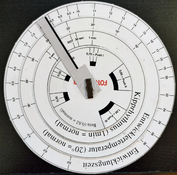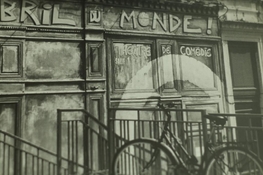Following foma's curves in the fomapan 400 datasheet, I exposed a few rolls of fomapan 400 at EI 250 and developped them in XTOL 1+1 or fomadon Excel stock with the time and agitation method they recommend, and it's been working great. Nice grain, nice contrast, and I don't miss shadows details.
But after looking at older print I made, I'd like to use rodinal again because I love how sharp and crisp it is on paper.
Now, rodinal and xtol/excel are very different, and I'm aware of the speed loss using rodinal. Foma doesn't publish curves for rodinal/fomadon R09, so what would be for you the best EI and dev time for fomapan 400 that will be developped in rodinal 1:50 ?
I don't have a lot of rolls left and film is not getting cheaper, so I'm looking for a good starting point. EI 160 with standard dev time (11-12min) ? EI 125 with a slight pull ?
The end goal is a darkroom print on fomaspeed variant 312 (RC paper) using a jobo c6600 color enlarger. I use incident metering or a general reflective reading of the scene if I can't be in the same light as the subject. Agitation will be foma's, standard continuous for the first 30s and 10s inversion at the start of every minutes.
Thanks
But after looking at older print I made, I'd like to use rodinal again because I love how sharp and crisp it is on paper.
Now, rodinal and xtol/excel are very different, and I'm aware of the speed loss using rodinal. Foma doesn't publish curves for rodinal/fomadon R09, so what would be for you the best EI and dev time for fomapan 400 that will be developped in rodinal 1:50 ?
I don't have a lot of rolls left and film is not getting cheaper, so I'm looking for a good starting point. EI 160 with standard dev time (11-12min) ? EI 125 with a slight pull ?
The end goal is a darkroom print on fomaspeed variant 312 (RC paper) using a jobo c6600 color enlarger. I use incident metering or a general reflective reading of the scene if I can't be in the same light as the subject. Agitation will be foma's, standard continuous for the first 30s and 10s inversion at the start of every minutes.
Thanks
















